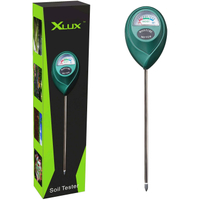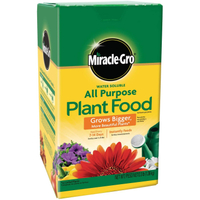Why is my basil wilting? 5 reasons why, and how to treat it
Why your basil plant may be unhappy, and what to do about it
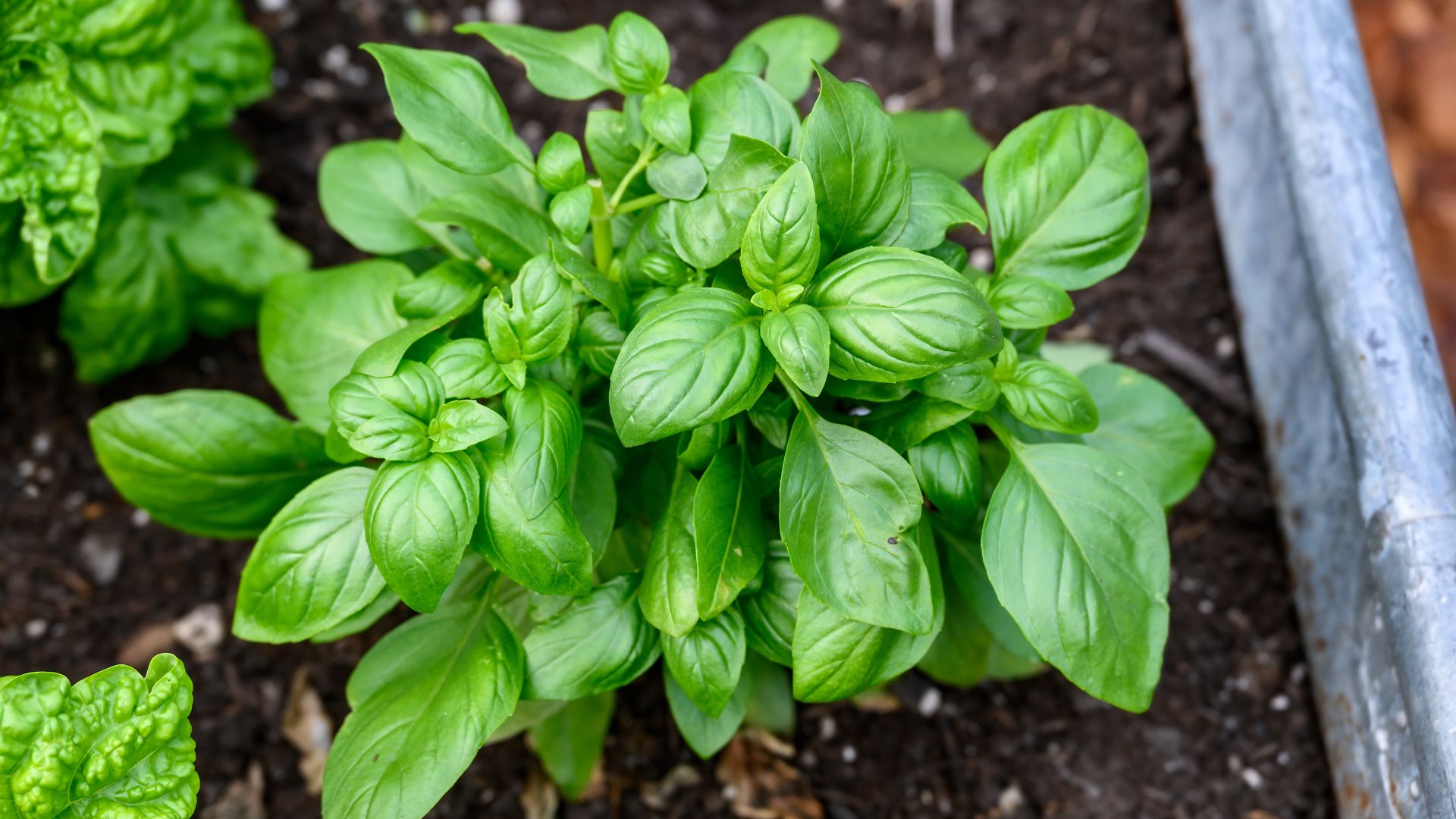
Basil is one of the quintessential herbs used in cuisines around the world, which makes it a favorite plant of many home cooks. It's worth learning how to grow a herb garden, either in a kitchen pot or a garden flower bed, and will give you a fresh supply of leaves for all your cooking needs. Instead of buying a package from the grocery store — which will often go bad before you use it all — you can keep a basil plant and simply pick the amount of leaves you need at that moment.
The prime growing season for basil is through the warm summer months, as this is an herb that loves sunlight. When happy, basil grows perky, fragrant leaves that can be plucked from the stem and used as a garnish or cooking ingredient. When unhappy, you’ll find a wilting plant with sad, drooping leaves. Much like when tomato plants are wilting, this will kill the basil plant – unless you act quickly.
The key criteria for a happy basil plant include at least 8 hours of daily sunlight, well-drained soil, and aerated, nutritious soil. If you notice that your plant is wilting, that suggests that your plant isn’t getting at least one of these things. Alternatively, your plant could be suffering from a disease. Depending on the cause, there are a few different solutions that will get your basil plant back to good health. It’s important to break out your gardening gloves and act quickly if you want to save your plant, so read on to find out what exactly to look out for.
Key Causes of Wilting in Basil Plants
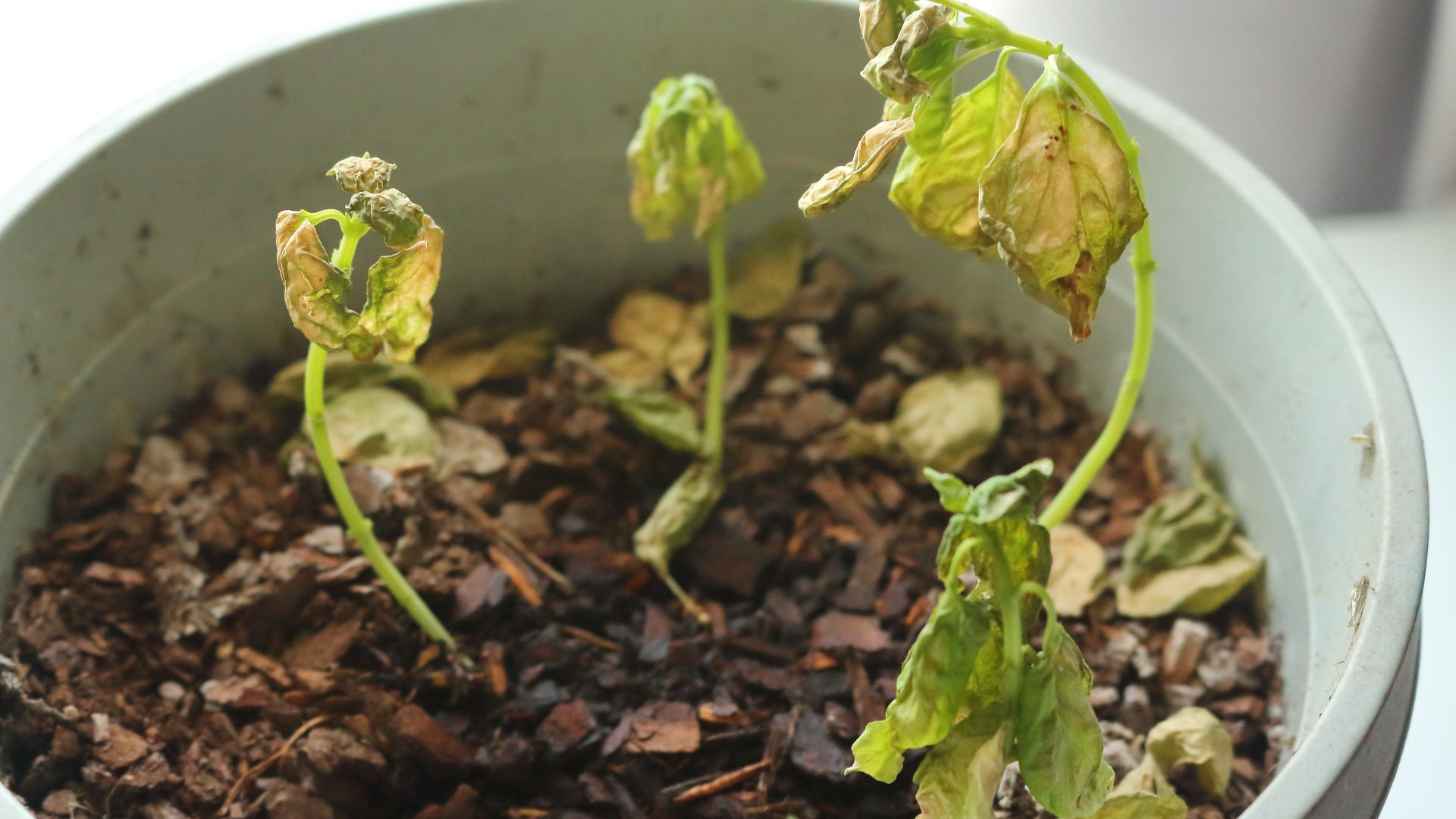
1. Overwatering and root rot
Basil needs regular watering but it hates excess water or overly saturated soil. If the soil around the plant is compacted, it can be difficult to drain water away. Similarly, if your basil plant is in a pot that doesn’t have drainage holes, water can easily become trapped inside if you water it too much.
Excess water will restrict the amount of oxygen that reaches the roots, which can cause wilting, but it also creates a breeding ground for fungus, which can lead to root rot. This damages the roots and prevents them from taking up sufficient hydration and nutrients, which ultimately will cause wilting and death to the plant. One sign of overwatering will be if the base of the plant starts to look yellowed.
What to do about it: Check the moisture levels in the soil around your basil plant. Wait to water until the soil has mostly dried out and ensure that there is good drainage so that the roots are never sitting in water.
Water regularly but avoid saturating the soil or splashing water on the leaves, which can lead to disease. If a plant is affected by root rot, you will need to cut away the diseased parts and replant the basil in fresh soil, although it may be too late to salvage the plant at this stage.
Sign up to get the BEST of Tom's Guide direct to your inbox.
Get instant access to breaking news, the hottest reviews, great deals and helpful tips.
2. Underwatering
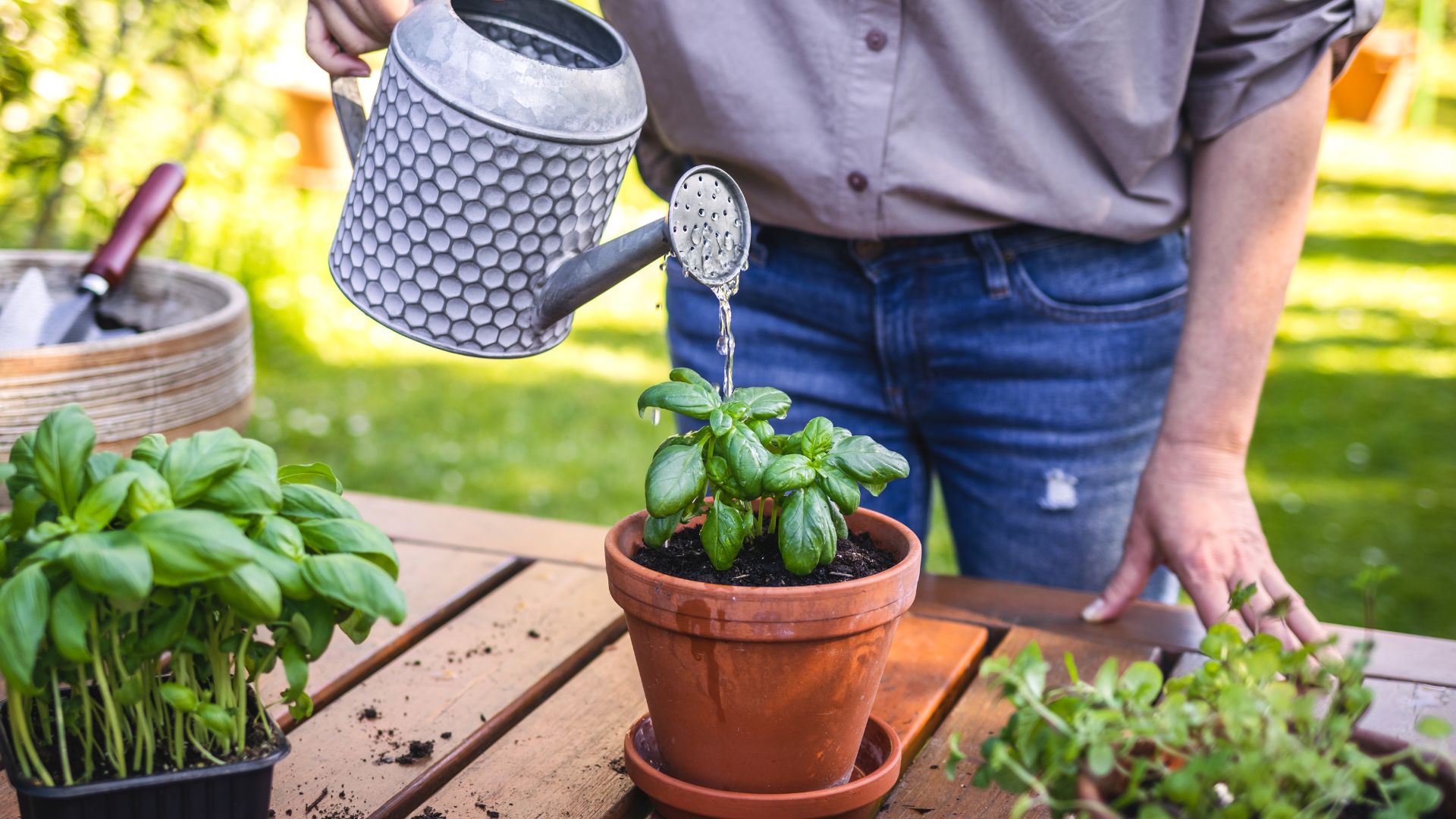
Because basil plants love sunlight, it is easy for the plant’s soil to get too dried out after hours of sun exposure. Although overwatering is a problem, be wary of underwatering as well as your plants need sufficient water to grow and stay upright. One way to tell if the cause of wilting is a lack of moisture is if the soil is starting to pull away from the sides of the plant pot.
Other symptoms can be yellowing or curling leaves, as well as general droopiness. Over time, prolonged lack of water will kill your basil plant, so don’t overlook this potential cause.
What to do about it: Check the moisture levels of the soil and make sure to water the plant before the soil is completely dried out. Basil plants should generally be irrigated at least once a week, but plants that are very exposed to direct sunlight may need more frequent watering. If in doubt, water little and often as opposed to a lot at once. This will ensure the soil drains thoroughly each time.
XLUX Soil Moisture Meter: $12.99 at Amazon
Investing in a soil moisture meter is a great way of measuring the moisture levels in your soil. This will help you identify when it's time to water your herbs. With 55,000 reviews, this XLUX option is one of Amazon's top picks.
3. Pests, such as aphids or spider mites
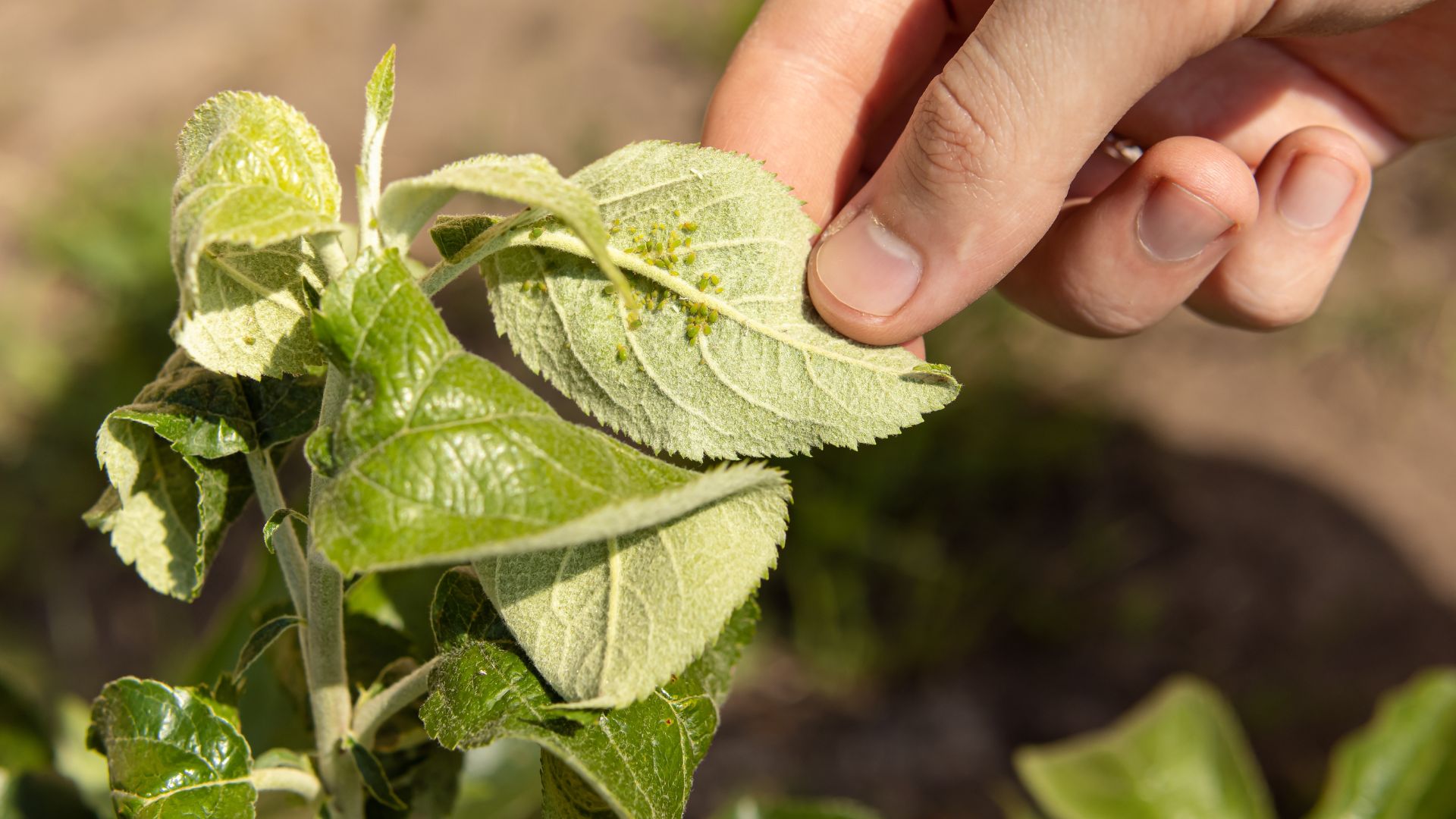
Many small pests are attracted to plant life and basil plants are no exception. In this case, pests will feed on the sap inside basil stems. When the sap is removed, this can weaken the structure of the stem and lead to drooping.
Most of these pests are visible if you look closely, so look over your plant regularly if you notice the basil wilting. Common culprits include aphids, spider mites, mealybugs and beetles.
What to do about it: If you notice pests on your basil plant, they can be easily treated with insecticidal soap or neem oil. Follow the instructions on the bottle for the most effective treatment, but in general you can spray the soap or oil directly onto the plant (although not while the plant is in strong sunlight.) Other treatments covered in our guide on how to repel aphids options include companion planting species that are known to deter pests, such as rosemary or mint; encouraging other insects that naturally prey on the pests, such as ladybugs and wasps; and planting “trap crops,” which will attract the pests away from the basil.
4. Nutritional deficiency
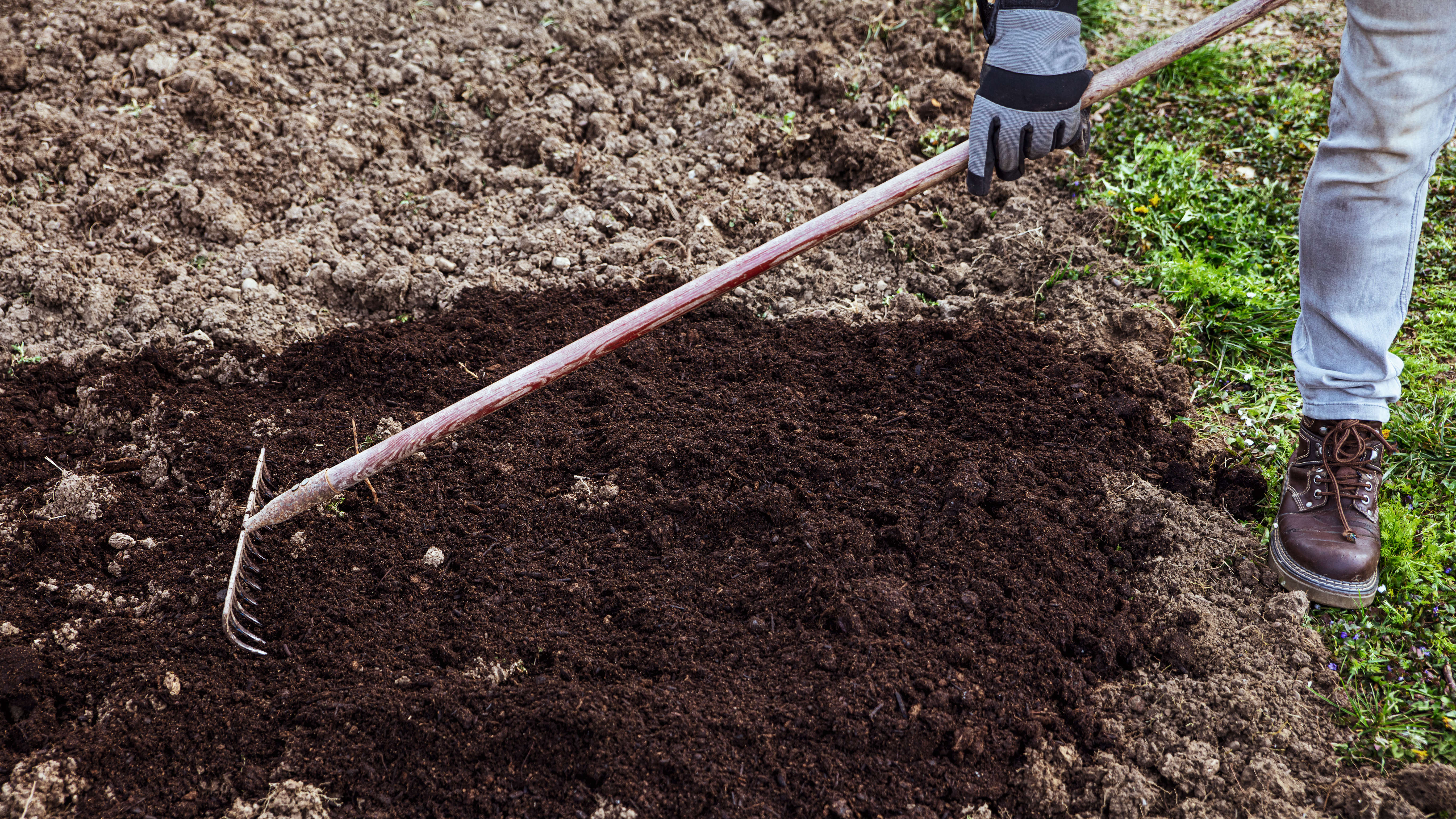
Miracle-Gro Water Soluble All Purpose Plant Food : $14.99 at Amazon
Top up the nutrient levels in indoor or outdoor plants with this water-soluble plant food. It can be used for flowers, vegetables, trees, shrubs and houseplants and should be topped up every two weeks.
Just as basil needs sunlight and water, it also needs important nutrients from the soil. The key nutrients for leaf health are potassium, nitrogen and magnesium, so basil needs to be planted in high-quality soil in order to get all the minerals it needs. Without sufficient nutrients, the plants will wilt and the leaves will lose their turgidity. Another symptom could be yellowing leaves. Remember that smaller pots will have less available nutrition than large containers or your backyard, simply due to the smaller volume of soil to draw from. So if your basil is wilting in a small planter, nutritional deficiency could be the cause.
What to do about it: Adding fresh soil to an old container is a great way to boost the nutritional profile of the soil. If you can’t yet transplant your basil to a larger flower bed, then this will help keep the plant healthy until then. You can also supplement the soil with a liquid fertilizer; look for ones that combine the key nutrients yet aren’t too powerful, as your basil will only need gentle support.
5. Fusarium Wilt
Young basil plants are particularly susceptible to fusarium wilt, which causes droopy, yellowing leaves and stunted growth. Fusarium wilt is a fungal disease that attacks plants through the soil; it can linger in the ground for years at a time. Early signs include curling leaves and slower growth, with this eventually leading to leaves falling off the plant entirely.
What to do about it: Unfortunately it is very difficult, if not impossible to fully treat fusarium wilt. Once a plant is infected, you will likely need to remove it entirely and plant a new basil plant in completely fresh soil. The best method to treat fusarium wilt is to prevent it altogether, by looking for disease-resistant plants or healthy seeds that are tested for fusarium. Then, make sure to keep the soil sufficiently dry so that it doesn’t attract fungal disease.
More from Tom's Guide
Madeleine Streets is a writer and content manager based in New York City. She covers an eclectic mix of lifestyle, technology, finance and health and has been published in Tom's Guide, Women's Wear Daily, SELF, Observer, Footwear News and others. Originally from London, Madeleine has a penchant for tea, baking and moody weather. When she’s not writing, you can find her exploring the city’s bookstores, hunting down new restaurants, fostering cats and cheering on Arsenal FC.
